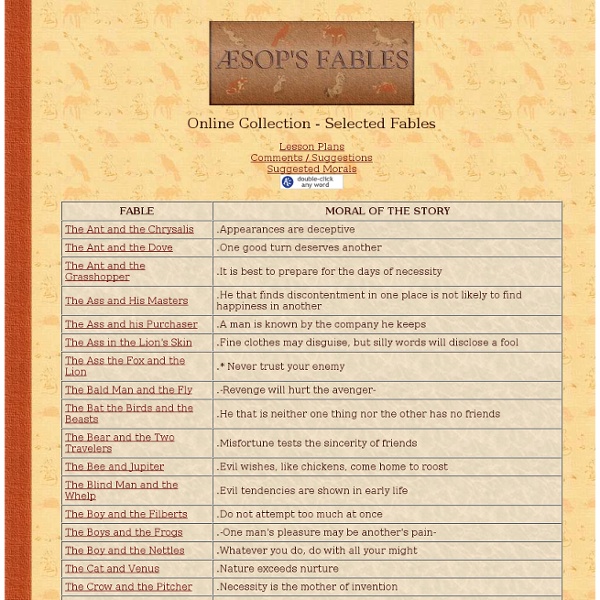



Latin Mottos, Latin Phrases, Latin Quotes and Latin Sayings A bene placito - At one's pleasureA capite ad calcem - From head to heelA cappella - In church [style] - i.e. Vocal music onlyA contrario - From a contrary positionA cruce salus - From the cross comes salvationA Deo et Rege - From God and the KingA fortiori - With yet stronger reasonA fronte praecipitium a tergo lupi - A precipice in front, wolves behind (between a rock and a hard place)A mari usque ad mare - From sea to sea (Motto of Canada)A mensa et thoro - From board and bed (legal separation)A pedibus usque ad caput - From feet to headA posse ad esse - From possibility to actualityA posteriori - From what comes after.
Flashcard Exchange - Flashcard Study Show Me Character - Responsibility - Missouri 4-H - University of Missouri Extension Caring Citizenship Fairness Respect Responsibility Trustworthiness Characteristics of trustworthiness Be Honest Don't deceive, cheat, or steal Be reliable- do what you say you'll do Have the courage to do the right thing Build a good reputation Be loyal- stand by your family, friends, and country Working with children and teens Discuss with children or teens how trust is earned and why we consider others trustworthy. Provide specific examples and illustrations to express thoughts. Ask children or teens to write the names of people they can trust and why they consider them trustworthy. Practicing trustworthiness 1 People with good character are people we can trust. Tell the truth. Are you worthy of trust? Your teacher has miscalculated your test score giving you a higher grade than you deserve. Practicing trustworthiness 2 “I trust you.” Exercise You have just made the cover of Honest Confessions magazine.
StumbleUpon UPDATE 1/10: Dead links removed, new links added, as well as Revision and Tools and Software sections. Are you still stuck for ideas for National Novel Writing Month? Or are you working on a novel at a more leisurely pace? 10 Days of Character Building Name Generators Name Playground The Universal Mary Sue Litmus Test Priming the idea pump (A character checklist shamlessly lifted from acting) How to Create a Character Seven Common Character Types Handling a Cast of Thousands – Part I: Getting to Know Your Characters It’s Not What They Say . . . Establishing the Right Point of View: How to Avoid “Stepping Out of Character” How to Start Writing in the Third Person Web Resources for Developing Characters What are the Sixteen Master Archetypes? Character: A compilation of guidance from classical and contemporary experts on creating great dramatic characters Building Fictional Characters Fiction Writer’s Character Chart Character Building Workshop Tips for Characterization Fiction Writer’s Character Chart
Cheat Sheets for Writing Body Language Translate emotions into written body language We are always told to use body language in our writing. Sometimes, it's easier said than written. The Top Five Tips For Using Body Language Use body language to add depth to dialogue. If you want to learn how to write a book, join our Writers Write course in Johannesburg. Even if you're not busy with a book, prompts are an excellent way to exercise the writing muscle. If you enjoyed this post, read: